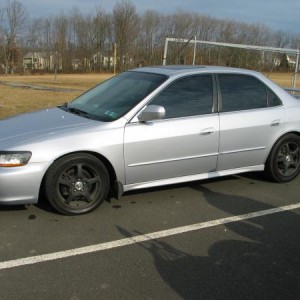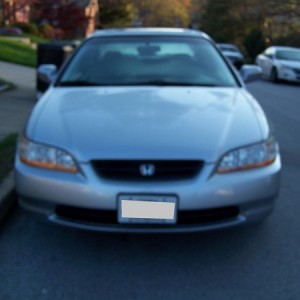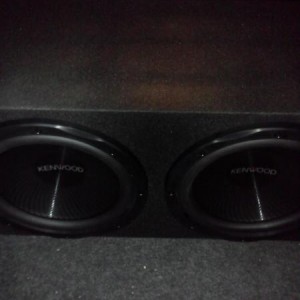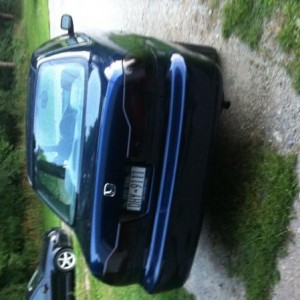There is way too much incorrect info in this thread.
EnjoiPugs, C14 is the PHO2S signal wire for ULEV models. Should be a solid red wire. That being said...
Wideband sensors output a 0-5v signal, and require a controller to turn that signal into quantitative data such as 12.5afr or 15.2afr.
Narrowband sensors output a 0-1v signal, and only provide qualitative data relative to a stoich 14.7, as in either a lean condition or rich condition.
The primary O2 sensor on ULEV model Accords is a wideband sensor, and the controller is built into the ULEV ECU. However it is extremely difficult, and completely unpractical to modify an OBD2 ECU to output intelligible data. OBD1 ECUs however, are very easily modified and reprogrammed with special outputs and inputs. This of course is why we socket and 'chip' OBD1 ECUs to tune our cars.
Standard AFR gauges accept inputs between 0 and 1v. Anything beyond this range either will not display on the gauge, or will display as full rich or full lean. Like I said earlier, narrowband sensors only output a signal relative to stoich. This means that when you accelerate the gauge will show full rich, and when you decelerate the gauge will show a full lean condition.
When cruising, the ECU will go into 'closed loop' mode where it is monitoring the signal from the primary O2 sensor, and making short term fuel trim (STFT) corrections to maintain a fuel mixture as close to stoichiometric as possible. It does this by altering the fuel trim, and watching what the sensor sees. When the sensor sees a rich condition, the ECU leans out the fuel trim, and the O2 sees a lean condition. When the ECU sees this lean condition, it enriches the fuel trim, and the O2 sees a rich condition. It does this back and forth adjustment several times per second, and this is why you see AF gauges flickering back and forth while driving.
If you think that sounds pretty useless, you'd be right.
EnjoiPugs, if you insist on having extra gauges on your dash, I'd find something a bit more practical.








